New laser-patterning technique turns metals into supermaterials
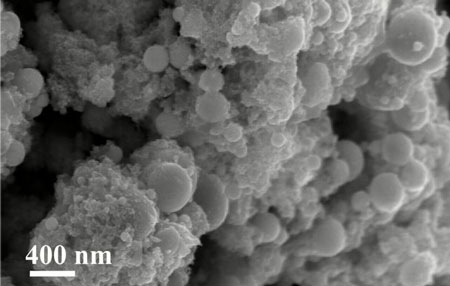 Hierarchical nano- and microstructures transform sheets of platinum, titanium and brass into light absorbing, water repelling, self-cleaning superstars.
Hierarchical nano- and microstructures transform sheets of platinum, titanium and brass into light absorbing, water repelling, self-cleaning superstars.
Jan 20th, 2015
Read more
 Hierarchical nano- and microstructures transform sheets of platinum, titanium and brass into light absorbing, water repelling, self-cleaning superstars.
Hierarchical nano- and microstructures transform sheets of platinum, titanium and brass into light absorbing, water repelling, self-cleaning superstars.
Jan 20th, 2015
Read more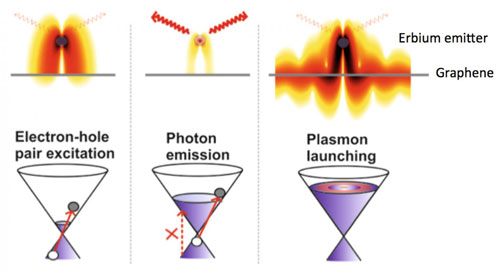 First signatures of graphene plasmons at telecommunications wavelength revealed.
First signatures of graphene plasmons at telecommunications wavelength revealed.
Jan 20th, 2015
Read more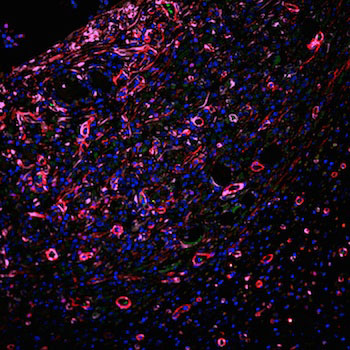 Researchers introduce improved injectable scaffold to promote healing.
Researchers introduce improved injectable scaffold to promote healing.
Jan 20th, 2015
Read moreThe research demonstrates the opportunities and risks involved in using these innovative technologies in clinical practice.
Jan 20th, 2015
Read more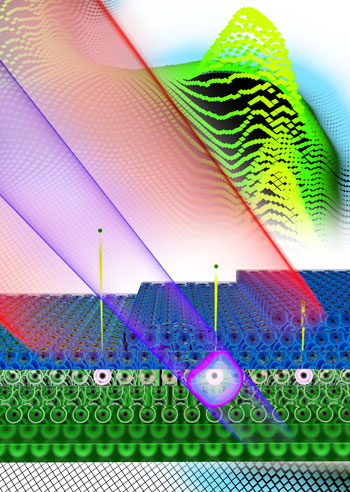 An international team of researchers has measured how fast an electron races through the atomic layers of a crystal lattice. The physicists used an extremely short laser pulse to time the speed: According to their measurements, the electron needs 40 attoseconds to pass through one layer of magnesium atoms.
An international team of researchers has measured how fast an electron races through the atomic layers of a crystal lattice. The physicists used an extremely short laser pulse to time the speed: According to their measurements, the electron needs 40 attoseconds to pass through one layer of magnesium atoms.
Jan 20th, 2015
Read moreThe goal is to envision where your research is headed and explain how 'seeing' at the nanoscale is important to reaching that vision. This contest is for students conducting nanotechnology research in the United States and U.S. territories.
Jan 20th, 2015
Read more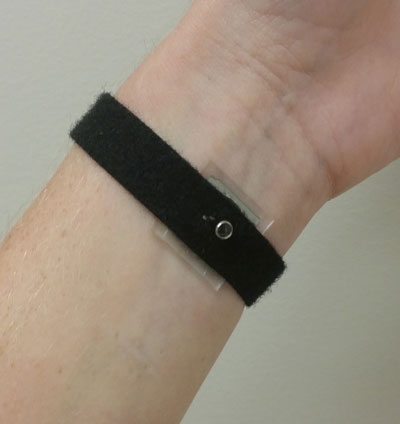 Researchers have developed a new, wearable sensor that uses silver nanowires to monitor electrophysiological signals, such as electrocardiography (EKG) or electromyography (EMG). The new sensor is as accurate as the 'wet electrode' sensors used in hospitals, but can be used for long-term monitoring and is more accurate than existing sensors when a patient is moving.
Researchers have developed a new, wearable sensor that uses silver nanowires to monitor electrophysiological signals, such as electrocardiography (EKG) or electromyography (EMG). The new sensor is as accurate as the 'wet electrode' sensors used in hospitals, but can be used for long-term monitoring and is more accurate than existing sensors when a patient is moving.
Jan 20th, 2015
Read more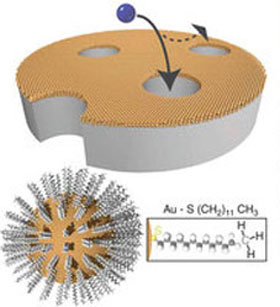 A new study describes a versatile new approach to control a membrane's electrostatic interactions with ions by depositing ligand-coated nanoparticles around the pore entrances.
A new study describes a versatile new approach to control a membrane's electrostatic interactions with ions by depositing ligand-coated nanoparticles around the pore entrances.
Jan 20th, 2015
Read moreAccording to the predictions of quantum mechanics, microscopic objects can take different paths at the same time. The world of macroscopic objects follows other rules: objects always moves in a definite direction. But is this always correct? Physicists have constructed an experiment designed to possibly falsify this thesis. Their first experiment shows that Caesium atoms can indeed take two paths at the same time.
Jan 20th, 2015
Read more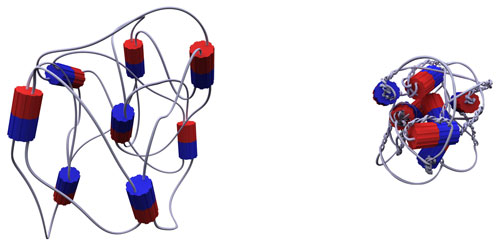 Scientists have made a polymer gel that is able to contract through the action of artificial molecular motors. When activated by light, these nanoscale motors twist the polymer chains in the gel, which as a result contracts by several centimeters.
Scientists have made a polymer gel that is able to contract through the action of artificial molecular motors. When activated by light, these nanoscale motors twist the polymer chains in the gel, which as a result contracts by several centimeters.
Jan 20th, 2015
Read more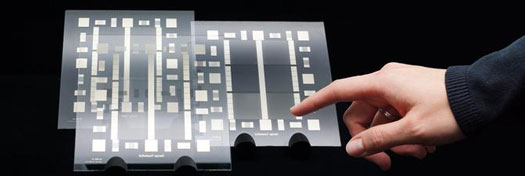 Researchers are presenting a novel process that allows microscopic and macroscopic conductor tracks to be produced in one step.
Researchers are presenting a novel process that allows microscopic and macroscopic conductor tracks to be produced in one step.
Jan 20th, 2015
Read more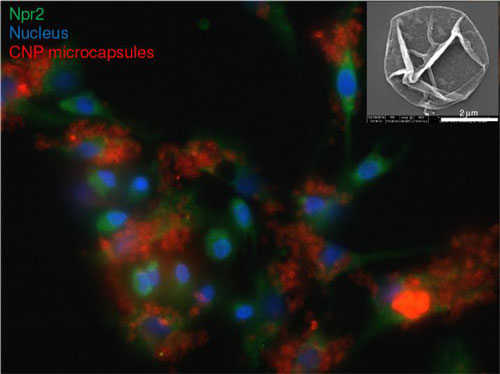 A new microcapsule treatment delivery method could reduce inflammation in cartilage affected by osteoarthritis and reverse damage to tissue.
A new microcapsule treatment delivery method could reduce inflammation in cartilage affected by osteoarthritis and reverse damage to tissue.
Jan 20th, 2015
Read moreThe Center for Food Safety (CFS) filed a lawsuit last month against the U.S. Environmental Protection Agency (EPA) over the agency's failure to regulate novel nanomaterial pesticides.
Jan 20th, 2015
Read more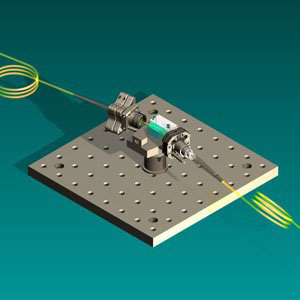 The new technique is a non-invasive procedure to detect the severity of an allergic reaction to amoxicillin. The developed biosensor platform is based on gold nanodisks, is very sensitive and works label-free, detecting the changes in the refraction index occurring at its surface after the binding of IgEs specific for amoxicillin.
The new technique is a non-invasive procedure to detect the severity of an allergic reaction to amoxicillin. The developed biosensor platform is based on gold nanodisks, is very sensitive and works label-free, detecting the changes in the refraction index occurring at its surface after the binding of IgEs specific for amoxicillin.
Jan 20th, 2015
Read more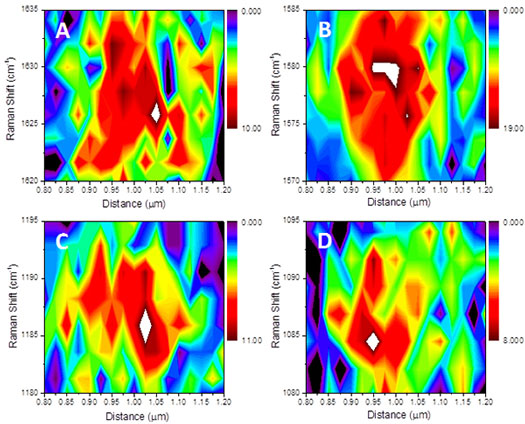 Scientists examine the information content in nanoscale chemical images.
Scientists examine the information content in nanoscale chemical images.
Jan 19th, 2015
Read moreA new semiconductor laser developed at Yale has the potential to significantly improve the imaging quality of the next generation of high-tech microscopes, laser projectors, photolithography, holography, and biomedical imaging.
Jan 19th, 2015
Read more